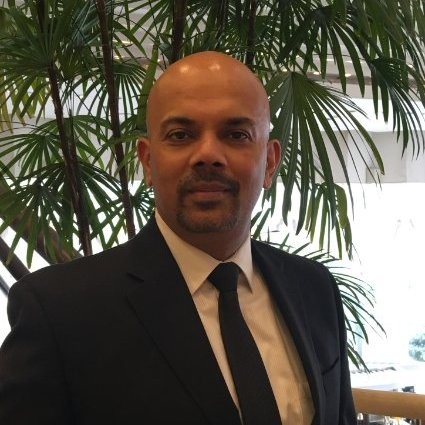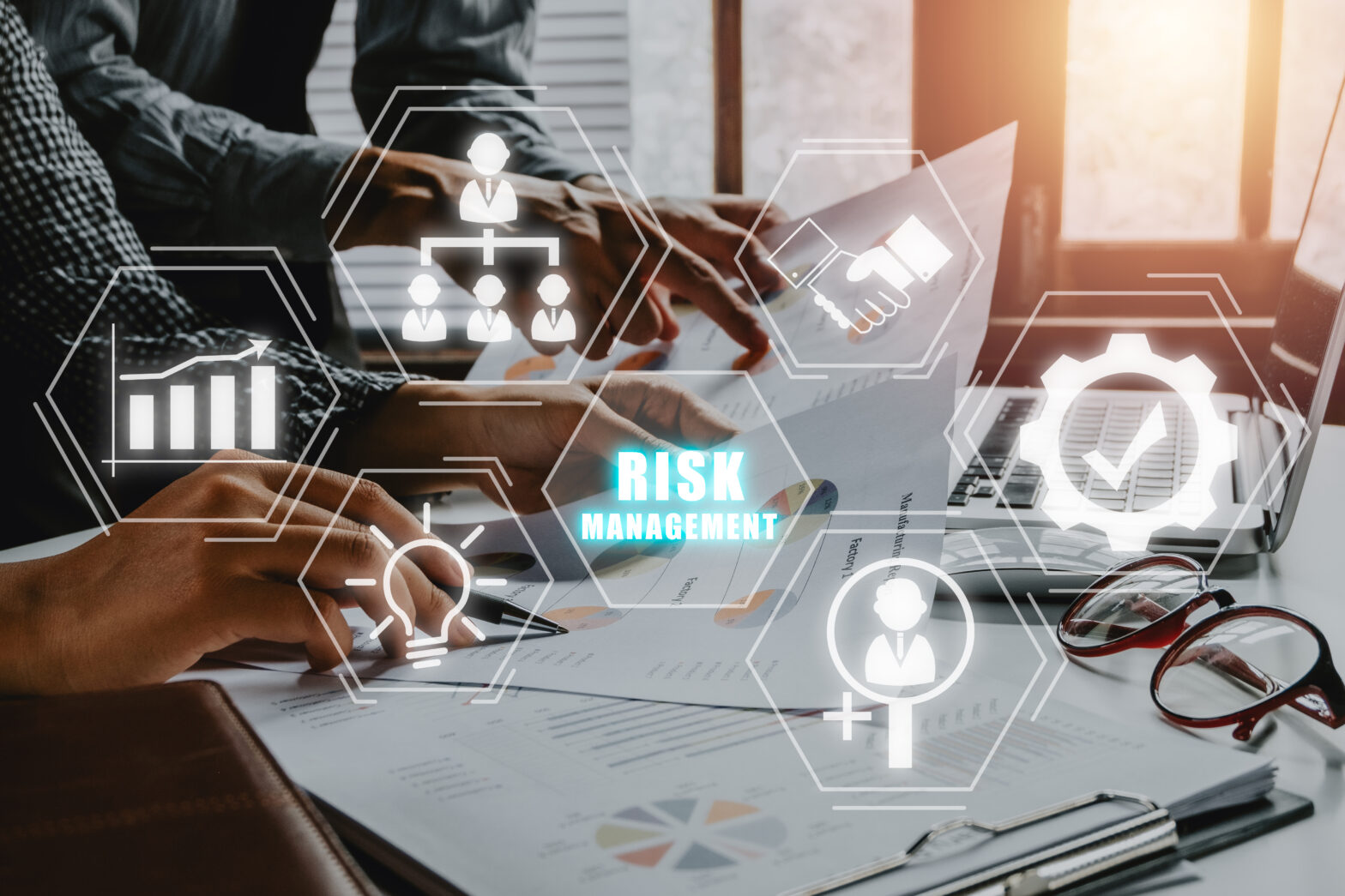The role of an IT leader, or CIO (or CTO), has always been susceptible to change.
Unless these individuals keep transforming in terms of how they deliver services (and the technology used to deliver services), they’re not keeping pace with the change happening in the marketplace.
This hinders their business’ ability to remain competitive.
Accelerating change
“The role of CIO, now, is changing more rapidly than ever before,” confirms Ashish Sanghrajka, SVP and CIO — Americas and EMEA at Hitachi.
Why the acceleration? It’s all to do with digitisation, and how every business is using this trend to move from a product company to a technology one.
To cope with this, CIOs “have three different areas of responsibility,” according to Sanghrajka.
• The first surrounds how CIOs (CTOs or IT leaders) can provide technology to run operations efficiently. “That is number one,” he says.
• The second is about enabling technology to help businesses engage with the customer better, whether it’s employees, external customers or external partners. “How do you enable a system of engagement and create stickiness, which are factors that drive revenue growth,” asks Sanghrajka?
“The first factor drives efficiency and the second factor drives revenue growth and customer loyalty,” he continues.
• The third concerns the actual role of the CIO. They need to become more strategically focused and play a more important role in helping their business transform from a product company to a solutions and services company. “An example of that is moving from a DVD business to a streaming service,” explains Sanghrajka.
Driving the adoption of cloud at Hitachi: the hurdles and benefits
“The various Hitachi businesses are moving away from being pure product companies to a services companies with an industry infrastructure base,” he continued.
To embrace this, the role of the CIO is constantly changing. These figures are on a journey to modernise IT, adopt the cloud — to become more agile and more nimble than ever before — and accelerate innovation.
“Our aim is to leverage technology to drive efficiency: how do I leverage technology to standardise across the various Hitachi companies, so that the Hitachi group can work more cohesively to create more solutions for the marketplace,” asks Sanghrajka?

The modern CIO
What can CIOs do to achieve the changing requirements of their role?
The fundamental element that has never changed “is about being value-driven and market-comparable when you operate as an organisation,” says Sanghrajka.
Every IT leader, whether a CIO or CTO, needs to be aware of the technology trends that are happening in the marketplace and make sure that they are leveraging those technology trends.
These leaders need to bring in this technology disruption at the right time, “sometimes earlier”, to disrupt how organisations provide services
“A CIO needs to be a technologist — you need to be completely aware of what is happening in the marketplace from a technology trends perspective”
In terms of delivering services — and that’s around being value-driven and comparable — CIOs will need to leverage internal resources and embrace the partner model.
For example, “leveraging these resources not only in the high-cost region, but also with the resources distributed across the globe,” explains Sanghrajka. “That’s a move to bill versus buy.”
Another, well-documented challenge that the modern CIO needs to keep abreast of, if they are to succeed in their changing role, focuses on skills.
CIOs should recognise that IT skills need adapting, as technology changes and the way businesses deliver services changes. “We should focus on programme management, solution architecting, working with the business, knowing the business and being an aggregator of technology to deliver the solution needed,” he continues.
These are some of the constant changes that CIOs need to keep pace with.
Servitisation: how technology is making service the new product
Moving from a product company to a services and solutions provider
Hitachi has a 108-year-history of being a product company with a lot of operational technology; in terms of running manufacturing plants and supply chains. And, the conglomerate has 50 years of experience in the technology space.
“So, we’re looking at combining our experience in products and operational technology with IT to move to a solutions and services company.
How does Sanghrajka and Hitachi achieve this? It all surrounds capturing the data in the processes and the products; and applying So big data, analytics and machine learning to those data sets.
“All of these technologies, with data as the foundation, are underpinning our transformation,” he says.
“Trust is the new currency”
No one can deny the value of data, and everyone talks about it being the new currency, or oil. But, given what’s happening in the world today, with data scandals breaking everyday and regulation to match, a new currency has emerged.
“Trust is the new currency,” says Sanghrajka.
In the post-Cambridge Analytica world, businesses and CIOs need to leverage data in a manner that respects privacy, while maintaining trust as the new currency.
Moving to the cloud, digital transformation and prioritising zero trust security
From a technology perspective, an element of trust also needs to be created and translated to the customers. In order to do that, CIOs need to think completely differently.
With technology being so pervasive and having no boundaries — users could be using internally provided devices or devices they bring in — systems could be sitting inside the network, outside the network, on premise or in the cloud. This means that securing everything within traditional architecture is not going to work. As such, there needs to be an element of transformation where “CIOs have to think about moving towards a zero trust architecture from an identity perspective,” explains Sanghrajka.
“That’s what we’ve done with Okta, zero trust from a network perspective and zero trust from a data.”
The remaining questions for CIOs prioritising trust, should be how do I build this zero trust into my organisation’s fabric? How do I provide services that have zero trust for identity, which means that “you’re trusting but verifying at every point in time when access happens?” How do CIOs make sure they have the network protected in a modern way? How can I make sure that the data is protected?
The short answer? CIOs, CTOs, CISOs, whoever leads this, needs to ensure that the IT fabric and IT architecture has got the security built in it, so that the organisation can deliver a frictionless and seamless experience for the user.










